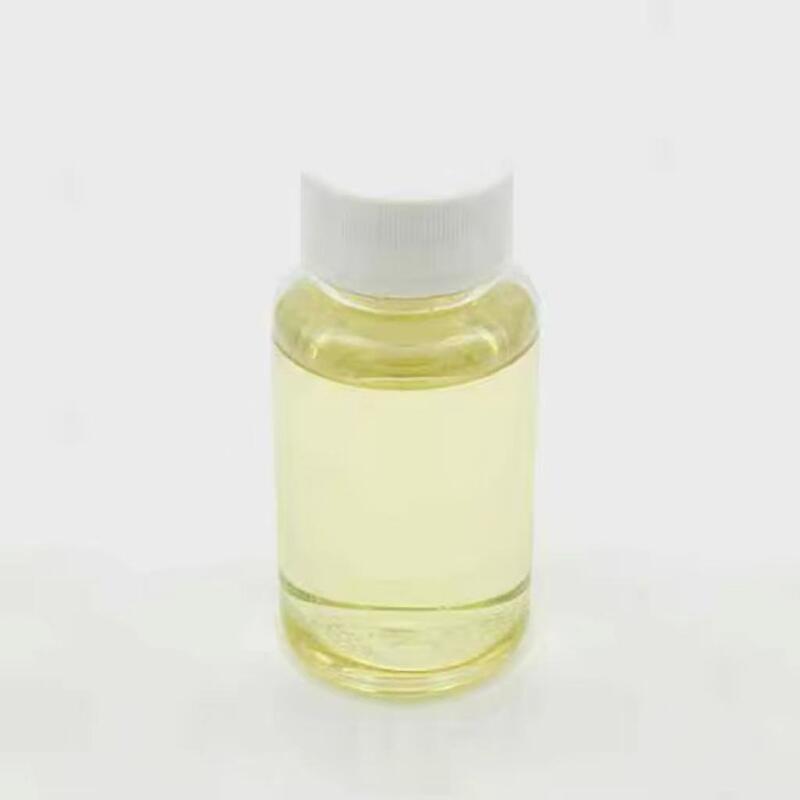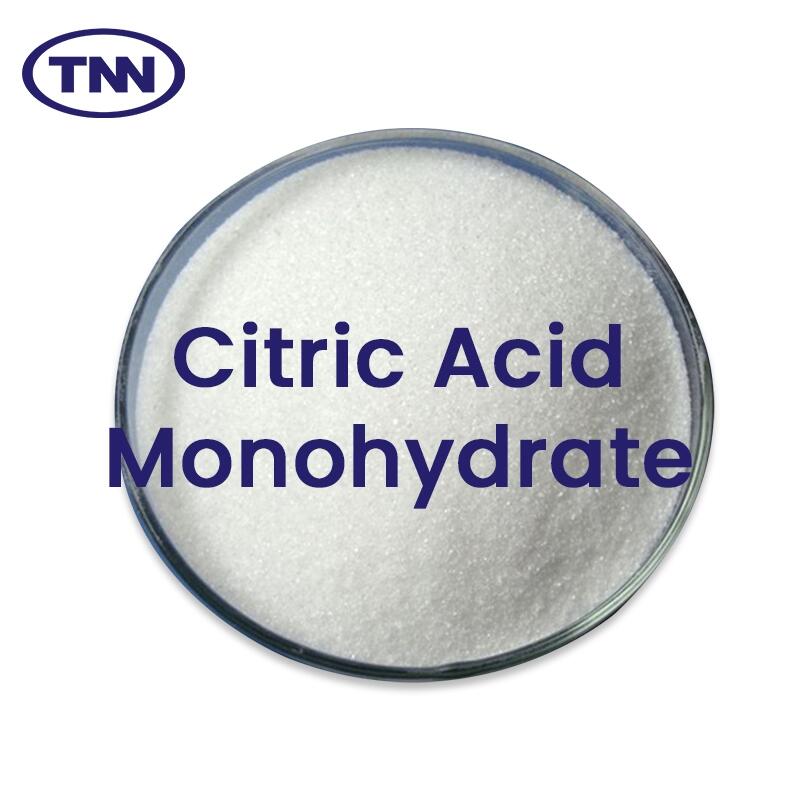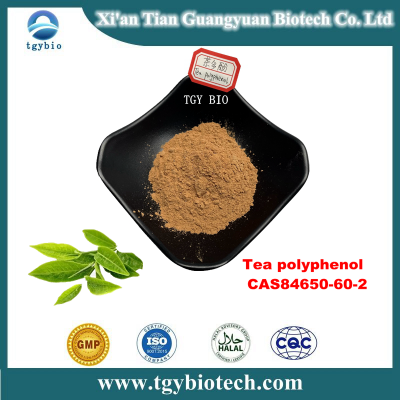What are the functions of common colorants in life
-
Last Update: 2019-01-11
-
Source: Internet
-
Author: User
Search more information of high quality chemicals, good prices and reliable suppliers, visit
www.echemi.com
Introduction: colorant, also known as food pigment, is a kind of substance that makes food endowed with color and improves food color, belonging to food additives So, do you know the function of common colorants in life? Colorant, also known as food pigment, is a kind of substance that makes food endowed with color and improves food color So, do you know the function of common colorants in life? 1 In order to make feed products more suitable for users' traditional habits, feed coloring is generally processed into light yellow or yellow products In the process of feed production, only adding common colorants such as lemon yellow in a certain proportion can achieve this goal 2 The basic coloring animal itself can not synthesize pigment It is also found that only carotenoids containing oxygen functional groups (such as hydroxyl, acyl, ketone, etc.) have coloring effect in livestock, poultry and aquatic products These carotenoids include lutein, lycopene and zeaxanthin The carotenoids in feed are all in the form of brown oleate These carotenoids in the feed are digested by animals and absorbed in the form of free state, mainly combined with low-density lipoprotein (LDL); the absorbed carotenoids enter the blood in a free state, and enter the skin, egg yolk and other tissues along with the blood circulation In this way, carotenoids are converted into brown oleic acid diesters and deposited, making the skin and yolk present the color people like (such as yellow) Different carotenoids are deposited in different tissues with different efficiency Generally, esterified lutein and zeaxanthin are better than crystalline lutein and zeaxanthin in animal tissues It was found that adding animal fat was more effective than adding vegetable oil In addition, with the increase of pigment level in feed, the proportion of pigment deposition in animal tissues decreased It is reported that if every chicken eats 0.3-1.0mg of pigment every day, about 30% - 45% of pigment can be deposited in the yolk If the consumption of pigment increases to 5mg or higher, only 15% - 20% of pigment can be deposited in the yolk Crustaceans convert the carotenoids in plants into prawn and kerosene by eating green plants Fish feed on a large number of crustaceans and plankton to make their flesh fresh Goldfish and prawn can change the composition of pigment after absorption, such as transforming lutein into astaxanthin, and then depositing it in body tissue The above is the answer about the function of common colorants in your life If you want to know about the function of colorants and other small knowledge, please pay attention to the food safety knowledge of Baibai safety net I hope the above content will help you Editor in charge: Wu Mengli
This article is an English version of an article which is originally in the Chinese language on echemi.com and is provided for information purposes only.
This website makes no representation or warranty of any kind, either expressed or implied, as to the accuracy, completeness ownership or reliability of
the article or any translations thereof. If you have any concerns or complaints relating to the article, please send an email, providing a detailed
description of the concern or complaint, to
service@echemi.com. A staff member will contact you within 5 working days. Once verified, infringing content
will be removed immediately.







